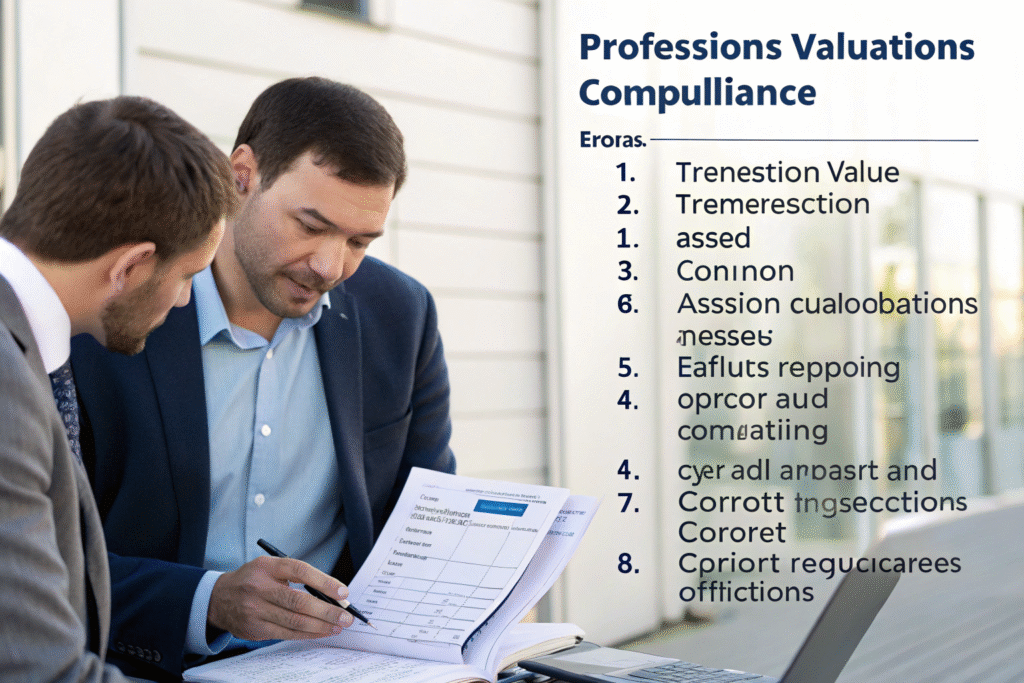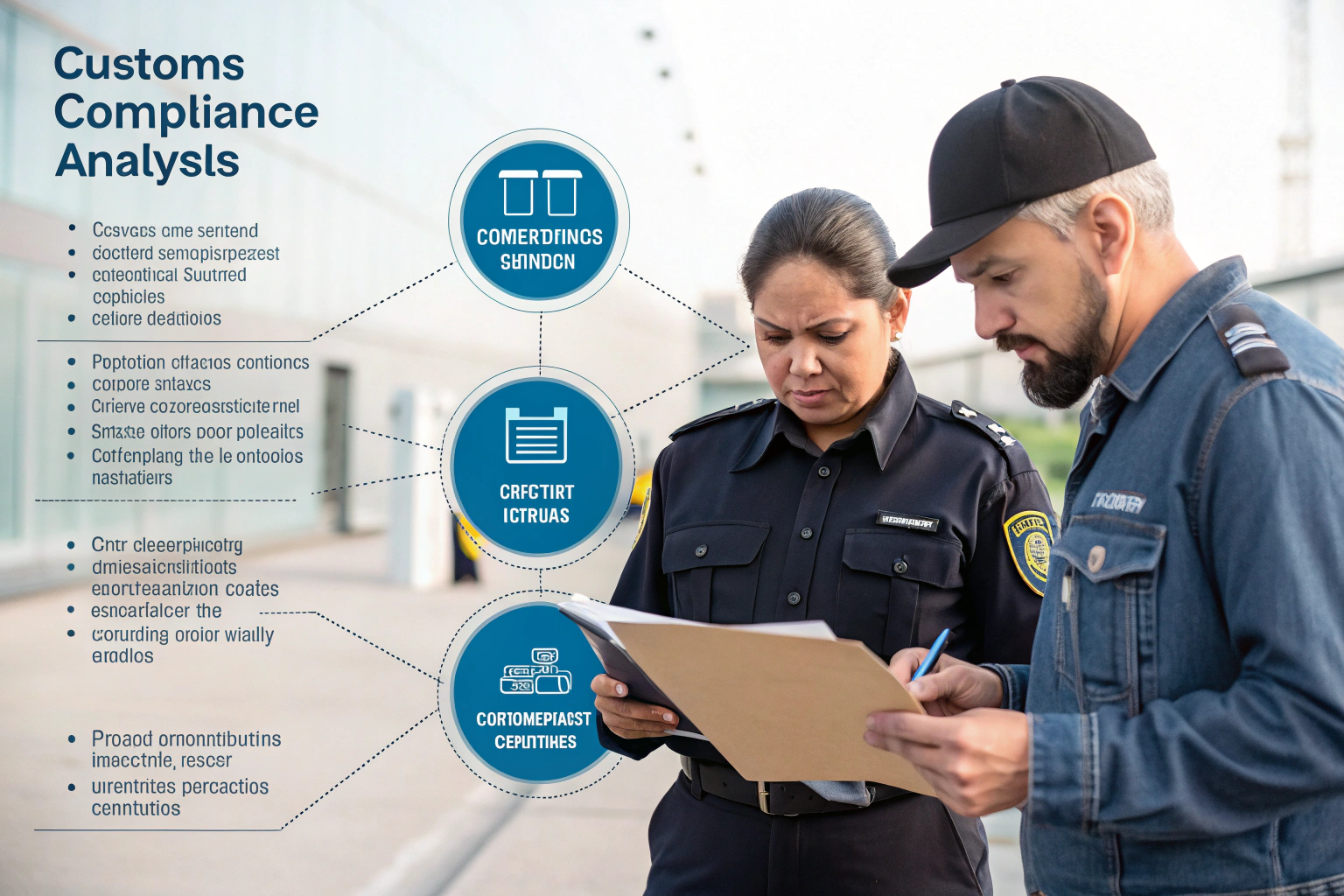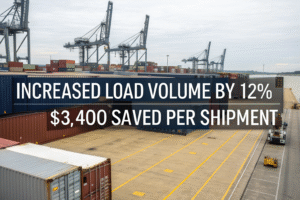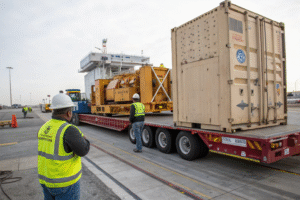Customs penalties represent one of the most costly and disruptive surprises for importers, with fines ranging from hundreds to hundreds of thousands of dollars. Many businesses receive penalties without understanding what they did wrong or how to prevent recurrences. Understanding the most common violation areas helps implement preventive compliance measures.
The most common reasons for customs penalties include incorrect valuation declarations, improper classification, inaccurate country of origin marking, insufficient reasonable care, and violation of specific program requirements like forced labor regulations. These errors typically result from inadequate knowledge, poor documentation practices, or insufficient verification processes rather than intentional fraud.
Let's examine the specific violation categories, their financial impacts, and practical strategies to avoid these costly compliance mistakes.
Why is valuation accuracy so critical for compliance?
Customs valuation errors represent the most financially significant penalty category because they directly impact duty collection. Even unintentional errors can trigger substantial penalties plus back-duty payments with interest.
The primary valuation methods require declaring the transaction value—the price actually paid or payable for goods—with specific adjustments for assists, royalties, and proceeds of subsequent resale. Common mistakes include omitting buying commissions from declared value, failing to include tooling or engineering provided free of charge, not reporting royalty payments tied to imported goods, and incorrect allocation of proceeds from subsequent resales. Customs authorities increasingly use data analytics to identify valuation patterns that suggest underdeclaration, making thorough documentation essential for defense.

What specific valuation mistakes trigger penalties?
Common valuation errors include:
- Undervaluation by omitting certain cost elements from declared value
- Assist non-reporting for molds, tools, or engineering provided to suppliers
- Royalty underreporting for licensed products where payments relate to imports
- Buying commission exclusion from the declared transaction value
- First-sale misapplication in multi-tiered transactions without proper qualification
- Related party valuation without sufficient documentation supporting arm's-length pricing
These errors often result from misunderstanding what constitutes proper customs value.
How can you ensure valuation compliance?
Valuation protection strategies:
- Maintain detailed cost breakdowns documenting all payment elements
- Implement assist tracking systems for tools, designs, and engineering provided to suppliers
- Conduct related-party testing to support arm's-length pricing claims
- Document first-sale qualifications when using this valuation method
- Review royalty agreements for customs valuation implications
- Obtain advance valuation rulings for complex transaction structures
Proactive valuation management prevents the most costly customs penalties.
How does classification accuracy impact compliance?
HS code misclassification represents the most common penalty category by volume, affecting virtually all importers at some point. The complexity of the Harmonized System combined with product evolution creates constant classification challenges.
Classification errors typically occur from using outdated codes, selecting overly broad classifications, misunderstanding product composition or function, or relying on supplier-provided codes without verification. Penalties can result from both underpayment of duties (using codes with lower duty rates) and overpayment (though this rarely triggers penalties, it costs money). Customs increasingly uses laboratory testing and technical analysis to verify classifications, making technical understanding essential for compliance.

What classification errors most commonly cause problems?
Frequent classification mistakes:
- Using supplier-provided codes without independent verification
- Selecting general categories instead of more specific applicable provisions
- Misunderstanding technical specifications that determine classification
- Failing to update classifications when products evolve or regulations change
- Ignoring legal notes that specifically include or exclude products from headings
- Overlooking alternative classifications that might more accurately describe products
These errors often stem from insufficient classification expertise or verification processes.
How can you improve classification accuracy?
Classification improvement strategies:
- Implement classification databases with technical product information
- Conduct regular classification reviews especially for product changes
- Obtain binding rulings for high-value or frequently imported products
- Use laboratory testing for complex chemical or material compositions
- Document classification decisions with supporting legal references
- Provide classification training for staff involved in import processes
Systematic classification processes significantly reduce penalty risks.
Why is country of origin marking so frequently penalized?
Country of origin marking violations represent a highly visible compliance area where even minor errors can trigger substantial penalties. The requirements extend beyond simple "Made in" labels to specific formatting, permanence, and visibility standards.
Common marking errors include incomplete origin designations, non-permanent markings that can be easily removed, markings in incorrect locations on products or packaging, and failure to mark every item in a shipment. Additionally, specific products have unique marking requirements, and certain countries face additional restrictions. The penalty risk is particularly high because marking violations are easily identified during visual inspections, unlike more technical valuation or classification errors.

What specific marking violations trigger penalties?
Common marking deficiencies:
- Missing origin markings on products or their immediate containers
- Non-permanent markings that can be removed without damaging products
- Insufficiently conspicuous placement making markings difficult to find
- Incomplete country names using abbreviations not officially recognized
- Incorrect origin claims for substantially transformed products
- Improper formatting not meeting specific regulatory requirements
These violations often result from insufficient supplier education or verification.
How can you ensure proper origin marking?
Marking compliance strategies:
- Provide suppliers with detailed marking specifications including placement and permanence requirements
- Implement pre-shipment inspections specifically verifying marking compliance
- Use technical solutions like laser etching or molded markings for permanence
- Document substantial transformation supporting origin claims for manufactured products
- Review marking requirements for specific product categories and countries
- Conduct periodic audits of marked products to ensure ongoing compliance
Proactive marking management prevents easily avoided penalties.
What constitutes "reasonable care" and why does it matter?
The reasonable care standard represents a fundamental customs requirement that importers must exercise sufficient diligence in their import operations. Failure to meet this standard can trigger penalties even for technically correct entries if the process demonstrates insufficient care.
Reasonable care failures typically involve inadequate verification processes, insufficient knowledge of applicable regulations, failure to seek expert advice when needed, lack of internal controls, and incomplete recordkeeping. Customs expects importers to develop and maintain compliance systems proportional to their import volume and complexity. Small businesses face different expectations than large corporations, but all must demonstrate systematic approaches to compliance.

What behaviors demonstrate lack of reasonable care?
Common care deficiencies:
- Blindly accepting supplier information without any verification
- Failing to maintain current tariff knowledge for imported products
- Not seeking expert advice for complex classification or valuation issues
- Inadequate recordkeeping that doesn't support declared information
- No internal compliance training for staff involved in import processes
- Ignoring customs guidance or previous penalty history
These behaviors suggest systematic compliance failures rather than isolated errors.
How can you demonstrate reasonable care?
Reasonable care evidence:
- Documented compliance procedures with regular reviews and updates
- Staff training records showing ongoing customs education
- Consultation documentation with experts for complex issues
- Internal audit programs identifying and correcting compliance issues
- Recordkeeping systems maintaining required documentation for five years
- Corrective action processes addressing previous errors or violations
Documented systems provide the best defense against reasonable care challenges.
What specific program violations cause severe penalties?
Specialized compliance programs like forced labor prevention, intellectual property rights protection, and anti-dumping/countervailing duties carry particularly severe penalties for violations. These areas receive heightened enforcement attention.
The Uyghur Forced Labor Prevention Act creates a rebuttable presumption that goods from China's Xinjiang region involve forced labor, requiring importers to provide extensive supply chain due diligence and traceability documentation. Intellectual property rights violations involve importing counterfeit or pirated goods. Anti-dumping and countervailing duty violations occur when importers evade special duties through misclassification, false country of origin claims, or transshipment through third countries.

Why are forced labor violations particularly dangerous?
Forced labor enforcement characteristics:
- Rebuttable presumption placing burden on importers to prove compliance
- Supply chain mapping requirements to raw material level for high-risk sectors
- Extensive documentation demands proving worker freedom throughout supply chain
- Heightened enforcement priority with significant resources dedicated to detection
- Severe consequences including shipment seizure and import bans
- Reputational damage extending beyond financial penalties
These factors make forced labor compliance particularly critical and challenging.
How can you prevent special program violations?
Special program protection:
- Conduct thorough due diligence on suppliers and their labor practices
- Implement supply chain mapping for high-risk commodities and regions
- Obtain necessary certifications and maintain supporting documentation
- Monitor regulatory updates for changing enforcement priorities
- Conduct internal audits specifically targeting high-risk program areas
- Develop contingency plans for potential violations or enforcement actions
Focused attention on special programs prevents the most severe penalties.
Conclusion
Customs penalties typically result from valuation errors, classification mistakes, marking violations, reasonable care failures, or specialized program non-compliance. The most successful importers implement systematic compliance programs that include documented procedures, staff training, expert consultation, verification processes, and thorough recordkeeping. While perfect compliance may be unattainable, demonstrating reasonable care through systematic approaches significantly reduces penalty risks and provides defense when errors occur. By understanding the most common penalty triggers and implementing preventive measures, businesses can minimize customs compliance risks while maintaining efficient import operations.









